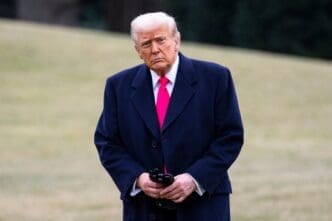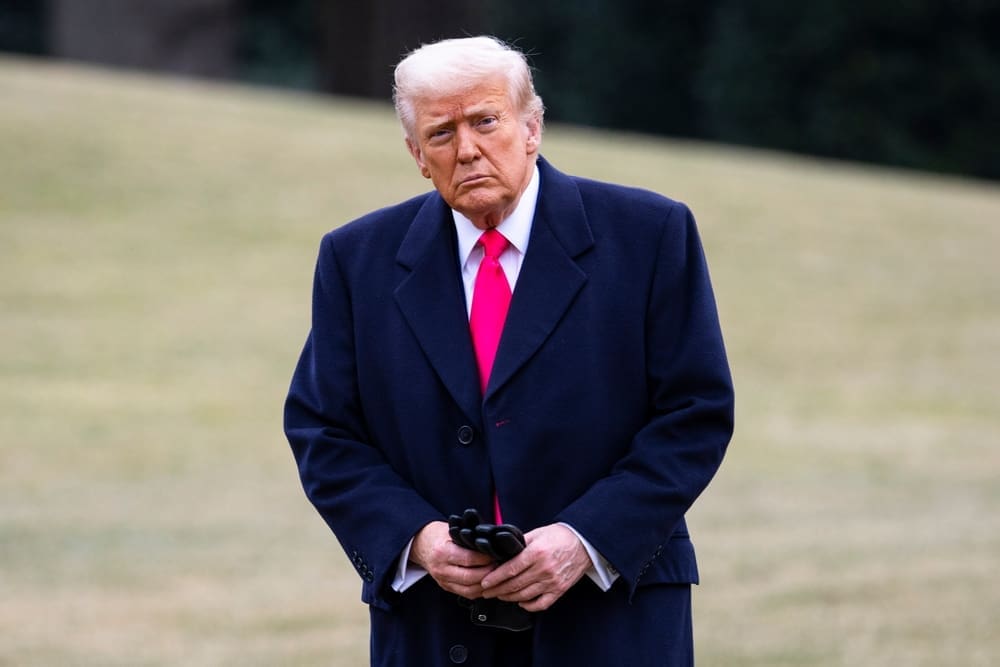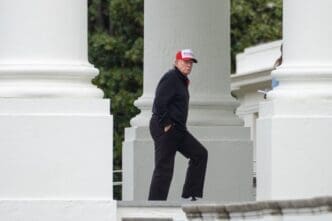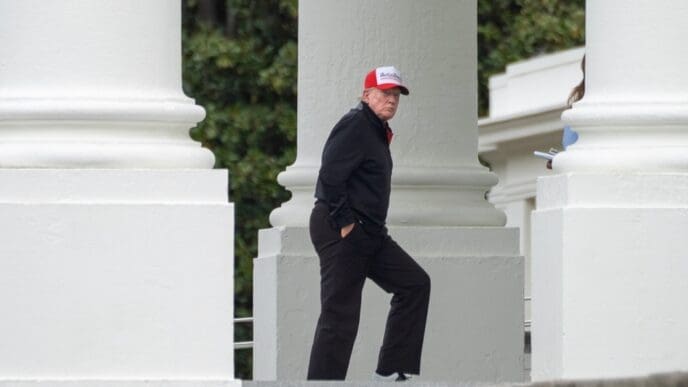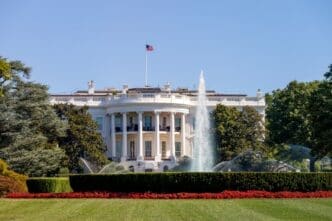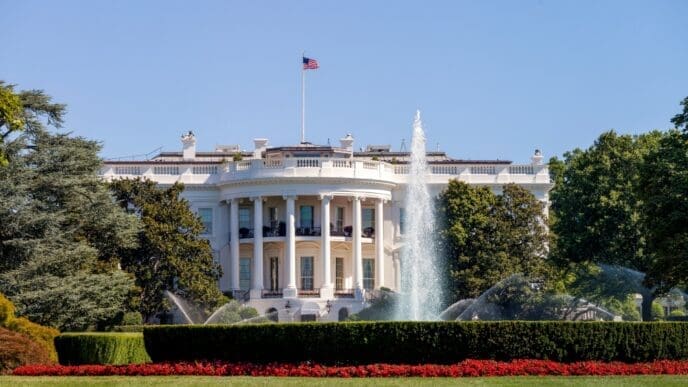Donald Trump has long held a critical view of trade practices, maintaining that the United States should not have trade deficits with other nations. He argues that if the U.S. imports more than it exports to a country, it indicates a loss for the U.S., which he believes should aim for trade surpluses or at least balanced trade. Recently, Trump communicated to foreign leaders that the U.S. intends to eliminate trade deficits with their countries, perceiving a deficit as a loss and emphasizing the need for trade surpluses.
While Trump’s approach deviates from traditional economic perspectives, particularly his focus on bilateral trade deficits, it has significantly influenced his administration’s trade policies. Tariffs have been imposed based on the size of the trade deficit the U.S. has with each country, impacting nations like Vietnam and Canada. Economists highlight several flaws in Trump’s fixation on trade deficits, emphasizing that it overlooks the benefits of international trade, such as specialization and efficiency, and primarily focuses on goods, ignoring the U.S.’s strengths in services exports.
The strategy Trump proposes involves reducing the bilateral trade deficit with other countries through increased exports or reduced imports. Tariffs are intended to make foreign goods more expensive, encouraging domestic manufacturing. However, this approach presents several challenges:
- The interconnected nature of global supply chains means that U.S. manufacturers rely on imported parts, which are also subject to tariffs, potentially increasing costs for U.S.-made products.
- Increasing domestic manufacturing would require a substantial workforce shift, potentially leading to higher labor costs and reduced competitiveness of U.S. exports.
- The uncertainty surrounding tariff policies and their potential impact on market conditions may deter businesses from investing in U.S.-based manufacturing.
- The strong U.S. dollar benefits American consumers purchasing foreign goods but makes U.S. exports more expensive, complicating efforts to increase exports.
The Bottom Line
- Impact on Prices: Consumers may experience higher prices for goods due to tariffs on imported materials, affecting their purchasing power.
- Job Market Shifts: A push towards increased domestic manufacturing could alter job distribution, potentially affecting those in industries reliant on foreign trade.
- Economic Uncertainty: Businesses might face challenges planning for the future due to unpredictability in trade policies, potentially stalling economic growth.
- Currency Considerations: Changes in currency value could impact consumers’ ability to afford foreign goods, influencing lifestyle and spending habits.
- Global Trade Relations: Strained relations with trade partners could have broader diplomatic and economic ramifications, affecting international cooperation.

